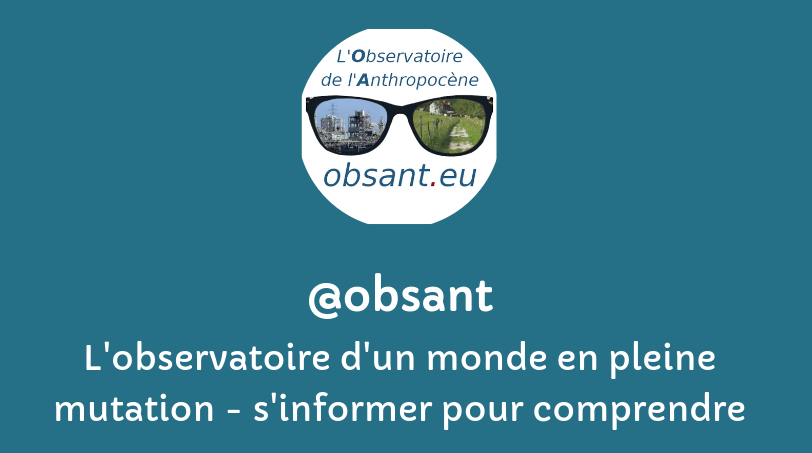filtre:
Energy
2025
According to Carbon Tracker’s analysis, fossil fuel companies are cutting capital investment, slashing exploration, and paying record dividends — like Saudi Aramco’s $10 billion payout — rather than building future growth. It’s a strategy that signals retreat, not resilience. “The energy transition isn’t being led by incumbents,” Mark Campanale warns. “It’s happening around them.”
Despite concerns over the environmental impacts of AI models, it's surprisingly hard to find precise, reliable data on the CO2 emissions and water use for many major large language models. French model-maker Mistral is seeking to fix that this week, releasing details from what it calls a first-of-its-kind environmental audit "to quantify the environmental impacts of our LLMs."
Taking a closer look at AI’s supposed energy apocalypse
Consumers ending up shouldering most of the costs of installing and operating CCS in the UK, a new report has found.
Identifying the socio-economic drivers behind greenhouse gas emissions is crucial to design mitigation policies. Existing studies predominantly analyze short-term CO2 emissions from fossil fuels, neglecting long-term trends and other GHGs. We examine the drivers of all greenhouse gas emissions between 1820–2050 globally and regionally. The Industrial Revolution triggered sustained emission growth worldwide—initially through fossil fuel use in industrialized economies but also as a result of agricultural expansion and deforestation. Globally, technological innovation and energy mix changes prevented 31 (17–42) Gt CO2e emissions over two centuries. Yet these gains were dwarfed by 81 (64–97) Gt CO2e resulting from economic expansion, with regional drivers diverging sharply: population growth dominated in Latin America and Sub-Saharan Africa, while rising affluence was the main driver of emissions elsewhere. Meeting climate targets now requires the carbon intensity of GDP to decline 3 times faster than the global
In a rapidly changing climate, evidence-based decision-making benefits from up-to-date and timely information. Here we compile monitoring datasets (published at https://doi.org/10.5281/zenodo.15639576; Smith et al., 2025a) to produce updated estimates for key indicators of the state of the climate system: net emissions of greenhouse gases and short-lived climate forcers, greenhouse gas concentrations, radiative forcing, the Earth's energy imbalance, surface temperature changes, warming attributed to human activities, the remaining carbon budget, and estimates of global temperature extremes. This year, we additionally include indicators for sea-level rise and land precipitation change. We follow methods as closely as possible to those used in the IPCC Sixth Assessment Report (AR6) Working Group One report.
La préfecture de Gironde a confirmé samedi le rejet par l'État d'un projet de huit nouveaux forages pétroliers près d'Arcachon, en prenant une arrêté de refus d'autorisation de travaux. La demande de forages était portée par le groupe canadien Vermilion Energy, titulaire jusqu'au 1er janvier 2035 d'une concession exploitée depuis les années 1960 sur la commune de la Teste-de-Buch, près d'Arcachon, dont la forêt avait été ravagée par des incendies monstres à l'été 2022.
L'américain Constellation Energy, grand opérateur de centrales nucléaires aux Etats-Unis, a passé un accord pour fournir durant 20 ans à Meta de l'énergie produite par sa centrale nucléaire de Clinton (Illinois), a-t-il annoncé mardi.
Critical minerals, which are essential for a range of energy technologies and for the broader economy, have become a major focus in global policy and trade discussions. Price volatility, supply chain bottlenecks and geopolitical concerns make the regular monitoring of their supply and demand extremely vital.
Clean-energy sectors drove a quarter of the country’s gross domestic product (GDP) growth in 2024 and have overtaken real-estate sales in value. The new sector-by-sector analysis for Carbon Brief, based on official figures, industry data and analyst reports, shows the growing role of clean technology in China’s economy – particularly the so-called “new three” industries, namely, solar, electric vehicles (EVs) and batteries.




